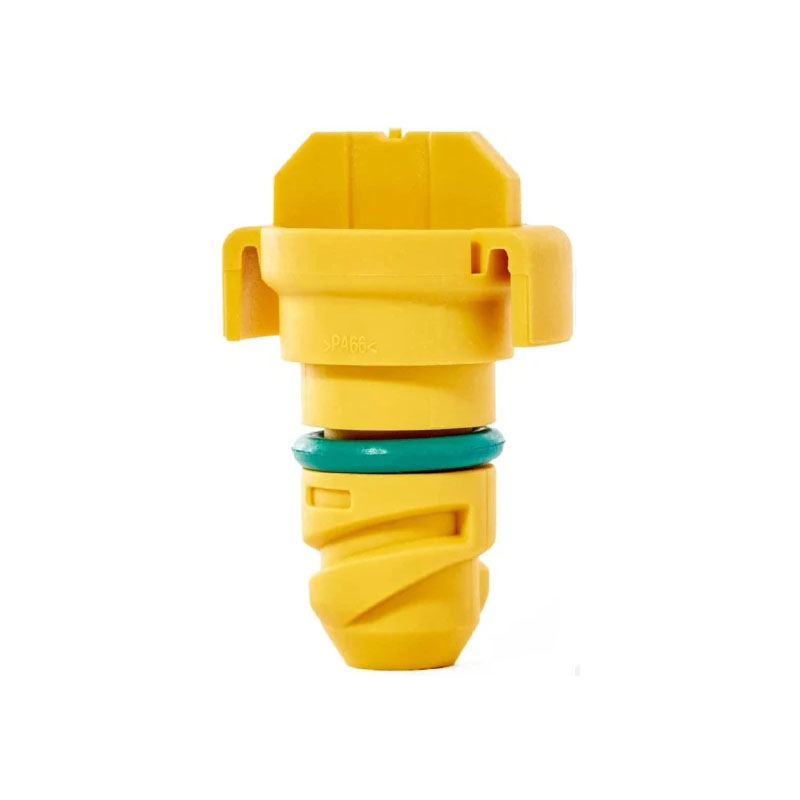gear box seals
Understanding Gearbox Seals Importance, Types, and Maintenance
Gearboxes play a crucial role in the smooth operation of various machinery, from automotive vehicles to industrial equipment. Among the many components that ensure their efficient functioning, gearbox seals are of paramount importance. These seals serve as protective barriers, preventing the leakage of lubricants and keeping contaminants out of the gearbox. In this article, we will explore the significance of gearbox seals, the different types available, and the maintenance practices that can enhance their lifespan.
The Importance of Gearbox Seals
Gearbox seals are designed to protect the internal components of a gearbox from external contaminants such as dirt, dust, and moisture. They also prevent the loss of lubricants, which are essential for reducing friction and wear between moving parts. A compromised seal can lead to several issues, including overheating, increased wear and tear, and ultimately, gearbox failure. Efficient seals contribute to prolonged gearbox life, improved performance, and reduced maintenance costs, making them a vital component in any machinery that relies on a gearbox.
Types of Gearbox Seals
There are several types of gearbox seals, each tailored for specific applications and conditions. The most commonly used seals include
1. Lip Seals These are the most prevalent type of seals used in gearboxes. Lip seals have a flexible lip that creates a dynamic seal against the rotating shaft, effectively preventing lubricant leakage and the ingress of contaminants. They are made from various materials, including rubber, polyurethane, and fluorocarbon.
2. O-Rings O-rings are circular seals that can be used in static or dynamic applications. They provide excellent sealing capabilities and are available in various materials, allowing for versatility in different operating environments. O-rings are often used in conjunction with other sealing mechanisms to enhance overall effectiveness.
3. End Covers Some gearboxes utilize end covers equipped with seals to provide a barrier against contaminants. These covers can be designed for specific applications, ensuring a perfect fit and optimal sealing performance.
gear box seals

4. Magnetic Seals For applications requiring superior sealing capabilities, magnetic seals can be an option. They use magnetic forces to create a tight seal and are especially beneficial in environments that involve extreme temperatures or pressures.
Maintenance Practices
To ensure the longevity and proper functioning of gearbox seals, regular maintenance is essential. Here are some key practices to consider
1. Routine Inspections Regularly inspect the seals for signs of wear, such as cracks, tears, or deformation. Catching these issues early can prevent larger problems down the line.
2. Lubricant Quality Use high-quality lubricants compatible with the seal materials. Poor lubricant quality can lead to premature seal degradation.
3. Temperature Control Monitor the operational temperature of the gearbox, as extreme heat can negatively affect seal performance. Implement cooling systems if necessary.
4. Replacement Protocol Establish a routine replacement protocol for seals, especially in high-use machinery. Depending on the environment and usage, seals may need to be replaced more frequently.
In conclusion, gearbox seals are integral to ensuring the efficiency and longevity of gear-driven machinery. Understanding the different types of seals available and implementing appropriate maintenance practices can significantly prolong their lifespan, ultimately contributing to the overall reliability and performance of the equipment. By prioritizing the integrity of gearbox seals, operators can prevent costly breakdowns and enhance productivity in their operations.
-
Understanding the Front Main Engine Seal: Purpose, Maintenance, and Installation
News Jul.29,2025
-
Understanding O-Rings and Seal Rings: Types, Applications, and Custom Solutions
News Jul.29,2025
-
Understanding Crankshaft Oil Seals: Rear Seals, Pulley Seals, and Their Role in Engine Integrity
News Jul.29,2025
-
The Importance of Front and Rear Crankshaft Seals in Engine Performance and Oil Management
News Jul.29,2025
-
Crank Oil Seals: Functions, Types, and Cost Considerations in Engine Maintenance
News Jul.29,2025
-
A Comprehensive Guide to O-Rings and Seals: Types, Materials, and Global Applications
News Jul.29,2025
-
Mastering Diesel and Performance Engine Maintenance: A Guide to Critical Oil Gaskets
News Jul.28,2025
Products categories















